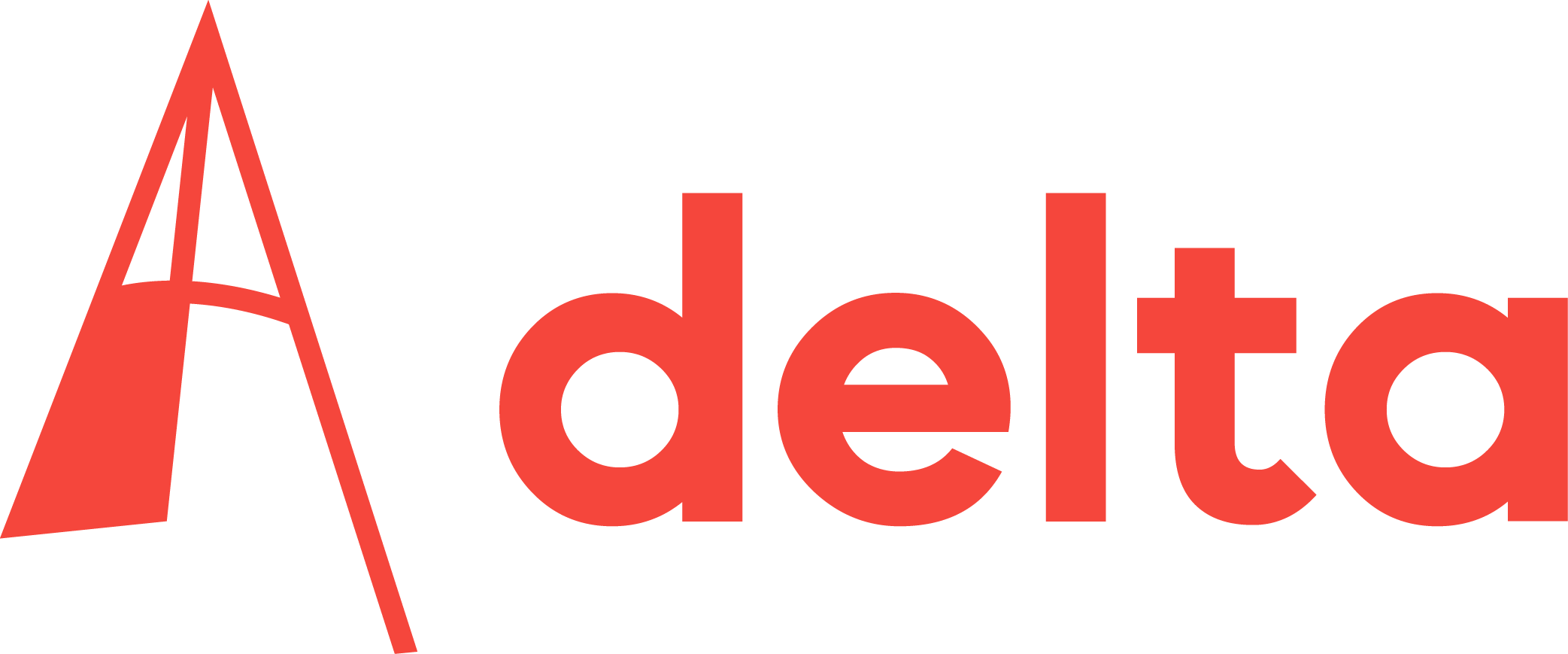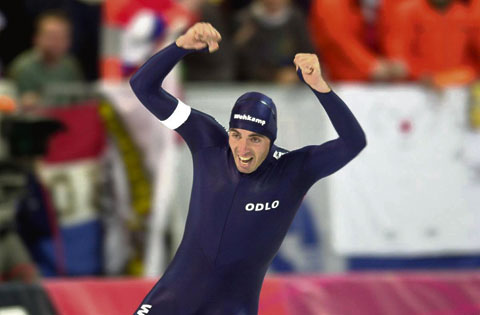Ex-olympisch schaatser en chemicus dr. Marnix ten Kortenaar introduceerde onder meer de revolutionaire speedstrip. Donderdagavond praat hij in
het Sportcafé over productinnovatie in de sport en over intrinsieke en extrinsieke motivatie.
TU wins Battle
TU Delft students are the most innovative in the Netherlands, according to the organization that runs the idea contest, ‘Battle of Concepts’. The organization places on its website problems encountered by companies and asks students to provide solutions. After one year of the competition, TU Delft, with 122 submissions (or 10 percent of the total), finished in first place. TU Delft, with five ‘best ideas’, also had the largest number of winners. Erasmus University was in second place. The competition continues this year.
Advanced grant
TU Delft’s Spinoza Prize winning Professor Leo Kouwenhoven, of the Kavli Institute for Nanoscience, was one of several leading European researchers who this summer were awarded an Advanced Grant from the European Research Council. Kouwenhoven is one of the world’s leading researchers in the field of the electronic properties of nanostructures. Professor Kouwenhoven will use the grant . worth 1.8 million euro . to research ‘quantum optoelectronics’.
New Delfly
TU Delft presented the minute Delfly Micro air vehicle. This successor to the Delfly I and II weighs just three grams, and with its flapping wings is very similar to a dragonfly. Ultra-small, remote-controlled micro aircraft with cameras, such as this Delfly, can be used for observation flights in difficult-to-reach or dangerous areas. The Delfly Micro is a ‘Micro Air Vehicle’ (MAV), an exceptionally small remote-controlled aircraft with camera and image recognition software. The Micro measures 10 cm (wingtip to wingtip) and is a considerably smaller successor to the successful Delfly I (2005) and Delfly II (2006). The Delfly Micro, with its minuscule battery weighing just 1 gram, can fly for approximately three minutes, has a maximum speed of 5 m/s, and has a tiny camera on board that transmits its signals to a ground station. With software also developed by TU Delft, objects can then be recognized independently. The camera transmits TV quality images, and therefore allows the Delfly II to be operated from the computer and maneuvered using a joystick.
DNA repair
Researchers at TU Delft and Leiden University have successfully filmed slow-motion footage of the repair enzyme DNA ligase repairing a break in a DNA strand. This groundbreaking research was published in June in the leading scientific journal PNAS. Factors such as sunlight, radiation, toxins, infection or ageing can cause damage to DNA. Continuous repair work is carried out in our hereditary material to repair this damage. Breaks in DNA are repaired by the enzyme DNA ligase. Dr Alexey Cherepanov, who works via a NWO VENI grant in Prof. Huub de Groot’s solid-state NMR group at Leiden University and under TU Delft enzymologist Prof. Simon de Vries in the Enzymology group, is studying DNA repair via enzyme DNA ligase. The entire repair process occurs at room temperature in a fraction of a second. The resulting chemical film shows in real time which chemical bonds are broken and formed. The researchers have proved that it is possible to make a 3D molecular film of enzyme catalysis.
Exact Software
Exact Software and the TU Delft signed a long-term strategic collaboration agreement that will allow the two organizations to share their knowledge and expertise to develop new technologies, products and services. The alliance will also promote Delft as an IT center for excellence in the Netherlands. Exact and TU Delft see a significant opportunity for long-term collaboration on research and development. The boundaries between business, social and personal activities are disappearing due to the rapid introduction of new IT technologies, and as a result, companies are changing the way they do business. The TU and Exact will share their knowledge and expertise to develop the new technologies, products and services companies need to succeed in today’s worldwide business world. Exact CEO Rajesh Patel: “This strategic relationship between Exact and TU Delft is unique in many ways. Besides both organizations residing in Delft, we share a common vision in terms of innovation, research and technology to deliver real value added to businesses. As a team we will work on common research projects, share know-how and experiences and promote innovation.”
Help wanted
Freelance jobs available writing for Delta’s English Pages. We seek foreign students/staff to write articles in English, for payment, on a freelance basis. No experience necessary. We’re looking for enthusiastic, creative foreign students/staff to contribute articles, cartoons, illustrations and photographs. Interested, please send a brief introductory email to: d.mcmullin@tudelft.nl
In zijn tijd als promovendus dook Ten Kortenaar met schaatsmaatje Bart Veldkamp heimelijk de windtunnel bij luchtvaart- en ruimtevaarttechniek in. Mede door de daar geteste, luchtwervels opwekkende kunststofstrippen op de schaatspakken reden Marianne Timmer en Gianni Romme op de Winterspelen van 1998 in Nagano de gouden medailles bij elkaar. Zelf presteerde Ten Kortenaar op de tien kilometer (twaalfde) en vijf kilometer (tiende) ook niet slecht.
Later had Timmer profijt van de door Ten Kortenaar ontwikkelde dunne schaatsijzers, die minder wrijving met het ijs hebben. Als gepromoveerd chemicus houdt hij zich nu bezig met praktische productinnovatie, zowel als deeltijds docent aan de TU (vak: design challenge) als in zijn eigen bedrijf Dr. Ten.
Behalve over de strip en dunne ijzers zal hij in het Sportcafé spreken over innovatieve projecten als plastic ijsbanen, die hij momenteel aan het ontwikkelen is, en nieuwe sportvoeding. Maar ook over de juiste motivatie. “Ik deel menselijke intelligentie in drieën in: verstand, gevoel en geloof. Je moet met slimme, rationele dingen bezig zijn, maar ook sociaal opereren. Het belangrijkste is een blind geloof in het verwezenlijken van je droom.”
De filosofisch ingestelde Ten Kortenaar benadrukt het verschil tussen intrinsieke en extrinsieke motivatie. “Aan de ene kant willen jonge talenten carrière maken en geld verdienen, aan de andere kant willen ze doen wat ze leuk vinden. Het verschil is niet altijd duidelijk. Ik wil ze vragen: wat is voor jou nuttig en goed? Waarvoor moet je echt gaan?” Confronterende vragen en prikkelende stellingen kunnen de bezoekers verwachten, want hij houdt van interactie. “Ik wil van ze weten hoe ze er tegenaan kijken. Meestal krijg je drie verschillende antwoorden. Dan wil ik weer weten op grond waarvan iemand zijn keuze maakt.”
Heeft hij zelf alles uit zijn schaatscarrière gehaald? “Ik denk het maximale van wat in mijn vermogen ligt. Maar ik ben wel in mijn jonge jaren zo eigenwijs en eigenzinnig geweest, dat ik kansen liet liggen zonder dat ik dat doorhad.” Hij werd tweemaal nationaal kampioen bij de junioren, maar na wat tegenslag stopte hij ermee in 1994. Twee jaar later pakte hij de draad weer op. “Ik heb die gemiste jaren aardig recht kunnen breien, maar de concurrentie was intussen weer iets verder. Ik was 26, 27 toen ik er achter kwam dat je ook op anderen moet vertrouwen. Ik ben toen een stuk harder gaan schaatsen. Tijden die ik achteraf gezien op mijn twintigste had moeten rijden.”
Met wedstrijdschaatsen stopte de nu 38-jarige Ten Kortenaar in 2005. Als sectiebestuurder van de schaatsbond, afdeling shorttrack, probeert hij de kruisbestuiving tussen shorttrackers en langebaanschaatsers te bevorderen. “Veel succesvolle schaatsers, zoals Shani Davis, komen voort uit het shorttrack en hebben daardoor een betere bocht. Het langebaanschaatsen is een soort shorttrack geworden.”
Ook op technisch vlak is hij nog altijd innovatief bezig. Met studenten werkt hij aan de ontwikkeling van een gouden olympische schaats. Eentje met een verbeterd glijvermogen. Schaatsen doet hij alleen nog voor de lol. Wel heeft hij de stiekeme hoop dat zijn zoontje of dochtertje het schaatsvirus overneemt, maar hij zegt ze niet te zullen dwingen.
Lezing Marnix ten Kortenaar, donderdag 26 maart, Sportcafé in het sportcentrum, 21.30 uur.



Comments are closed.